I wasn’t going to post anything about two trips made in ACE this year, since they were mostly about things other than RV’ing, but since I’m about to do a post about our recent trip to F.D. Roosevelt State Park in August 2022, here’s something quick that explains the gap.
April 2022: Georgia Nature Photographers Association. Every year, GNPA has an “Expo,” which is the club’s gathering at some photogenic location for several days of classes, field trips, displays, contests, and general photography goofing around. This year it was at Jekyll Island, but since I was derelict in making reservations, the hotel was full and I had to resort to taking ACE down to Blythe Island county campground.
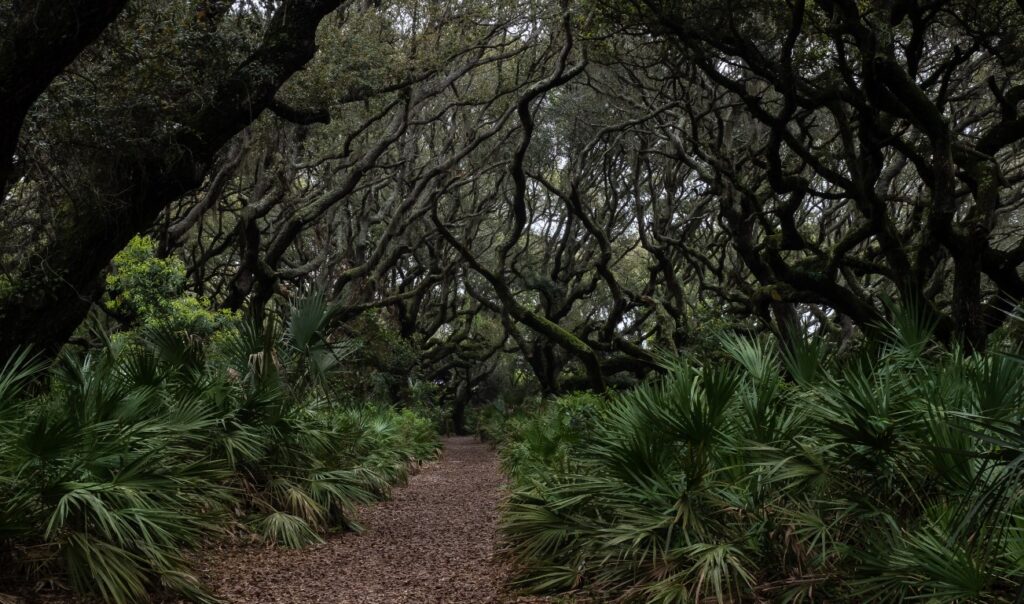
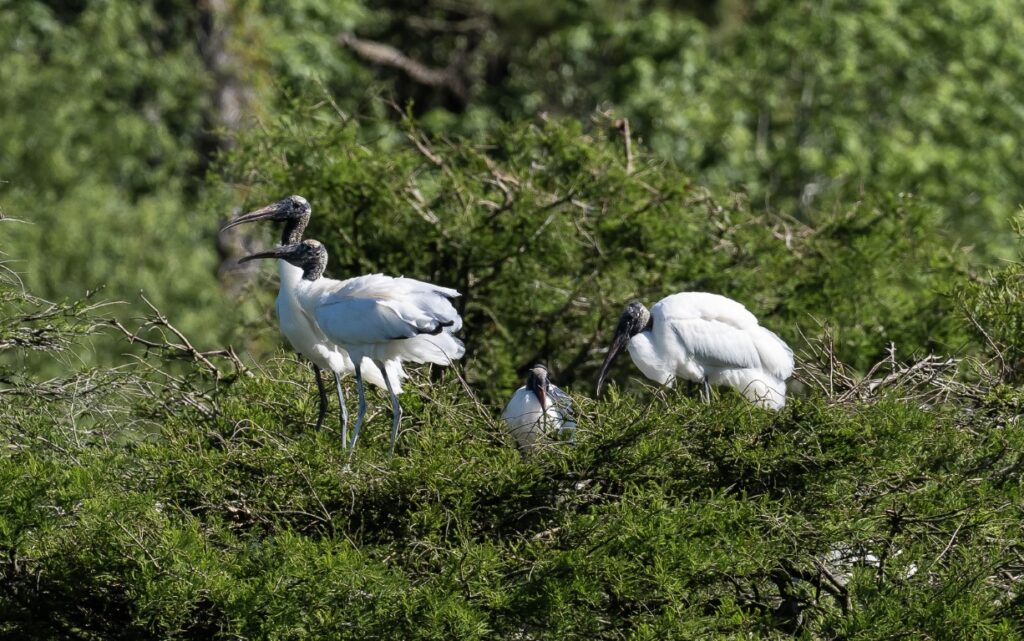
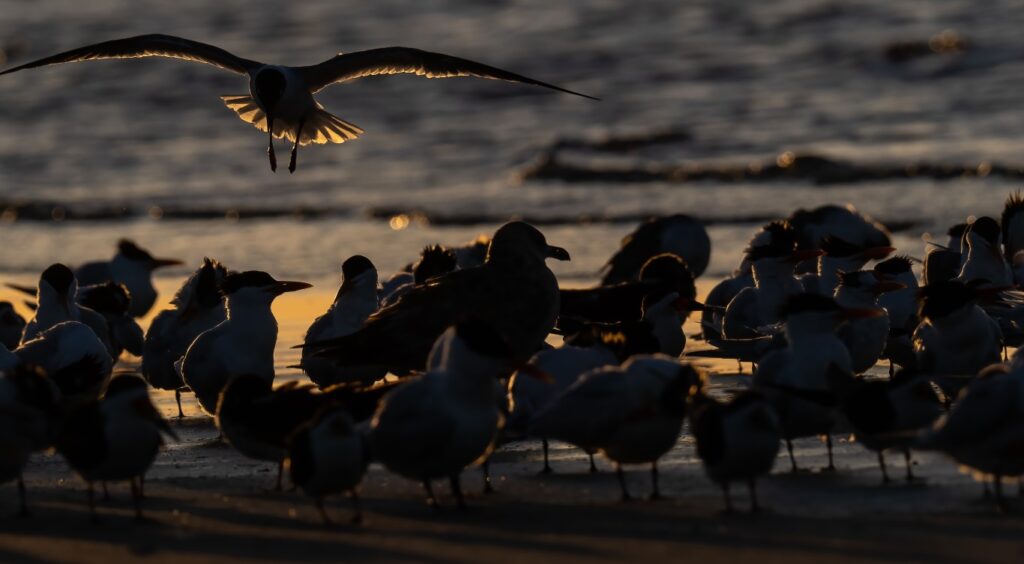
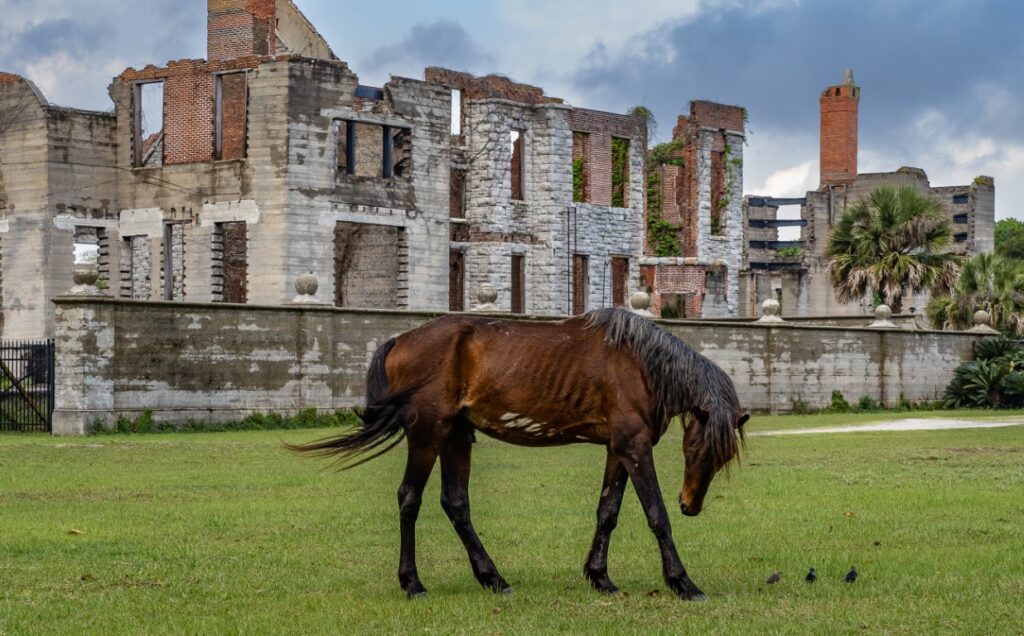
The above photo was entitled “Life Among the Ruins,” which I thought was a clever play on Browning’s “Love Among the Ruins.” That poem, if I recall correctly from high school or college or whatever it was (which I probably don’t), was about how everything man builds will crumble and fall, but love will survive. So my photo might by analogy say that everything man builds will crumble and fall, but life will survive. Get it? Pretty clever, eh? Apparently, it was too clever. For the second time at a GNPA Convention, this photo was put on display in front of the entire membership during the contest awards ceremony as an example of what is wrong with the photograph. I give up.
May 2022: FMCA Amateur Radio Club Spring Rally. Yes, another geeky ham radio excursion, but this one turns out to have been relevant for the post that is to follow about F.D. Roosevelt State Park. The rally was hold in Crossville, Tennessee, and besides doing our usual ham radio stuff (which, as noted, most normal people find insufferably dull), we did a little field trip to the Cumberland Homesteads Historic District. The Cumberland Homesteads was the largest of the Roosevelt’s New Deal subsistence homesteads built to aid “needy yet worthy families” with jobs, training, and the purchase of homes. Two hundred fifty-one families lived in homes they built, all within a community of farms and businesses. Families paid for the homes through the wages they earned building the community and farming the land.
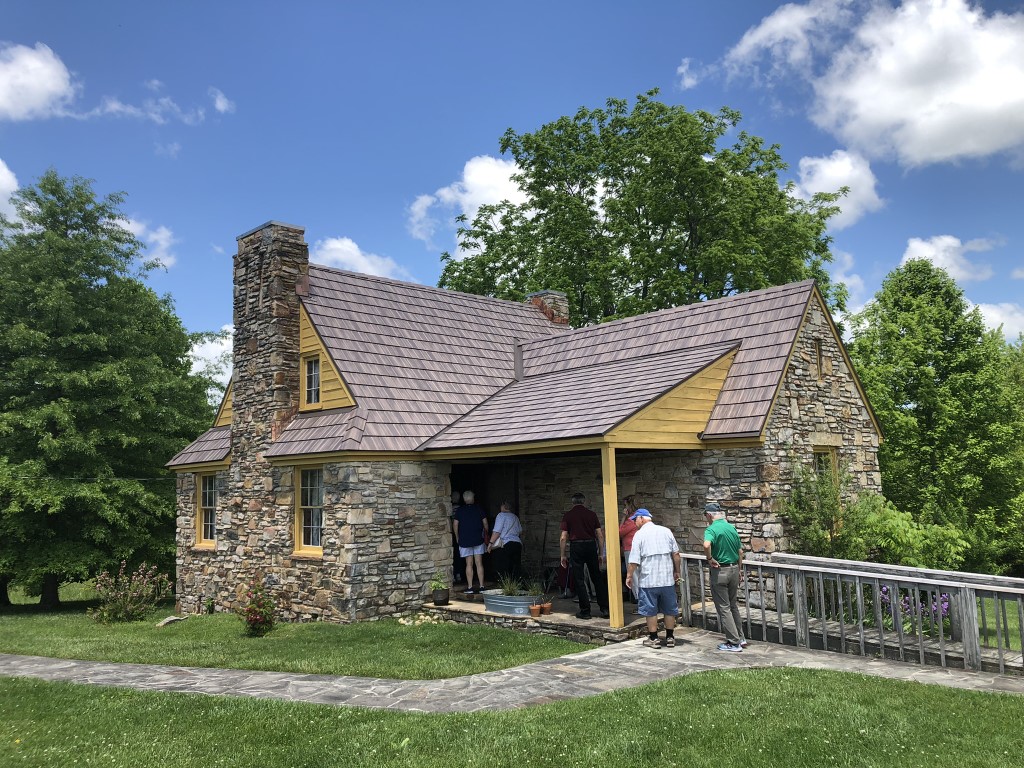
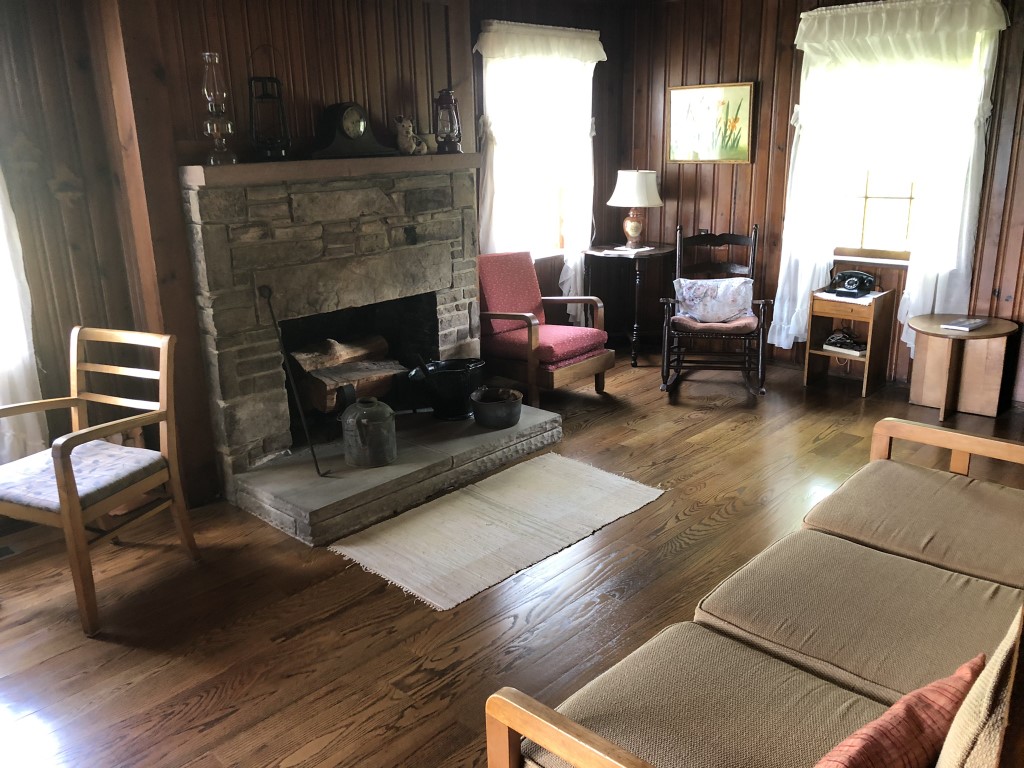
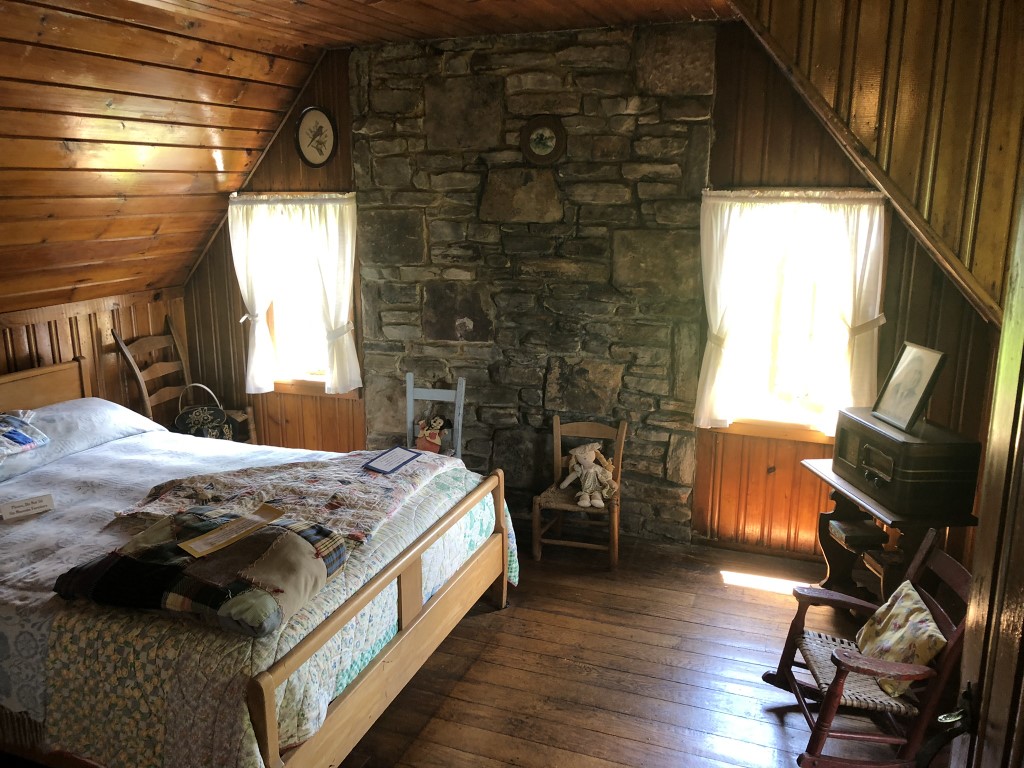

What makes the homestead especially interesting, and relevant to the post that will follow on our trip to F.D. Roosevelt State Park, is that Roosevelt faced an interesting problem during the Depression: At the time, it was considered morally wrong for an able-bodied man to accept money that he didn’t work for. Even if people could be persuaded to take charity, giving someone charity without giving him a chance to work was considered degrading. Hence Roosevelt had to come up with all of the make-work agencies, like the Works Progress Administration and the Civilian Conservation. Roosevelt knew that to lift people out of poverty in a way that didn’t humiliate them in the process, he had to give them an opportunity to “earn” they money they received, even if it was nothing more than building a trail through the mountains or a community center in the middle of the Cumberland Plateau. The Cumberland Homesteads was a marvelous example of what people can accomplish if we “help” them without degrading them in the process.
It makes one wonder what America would be like if such an ethic were still the prevailing norm?
Next trip … Roosevelt State Park and Roosevelt’s “Little White House.”
